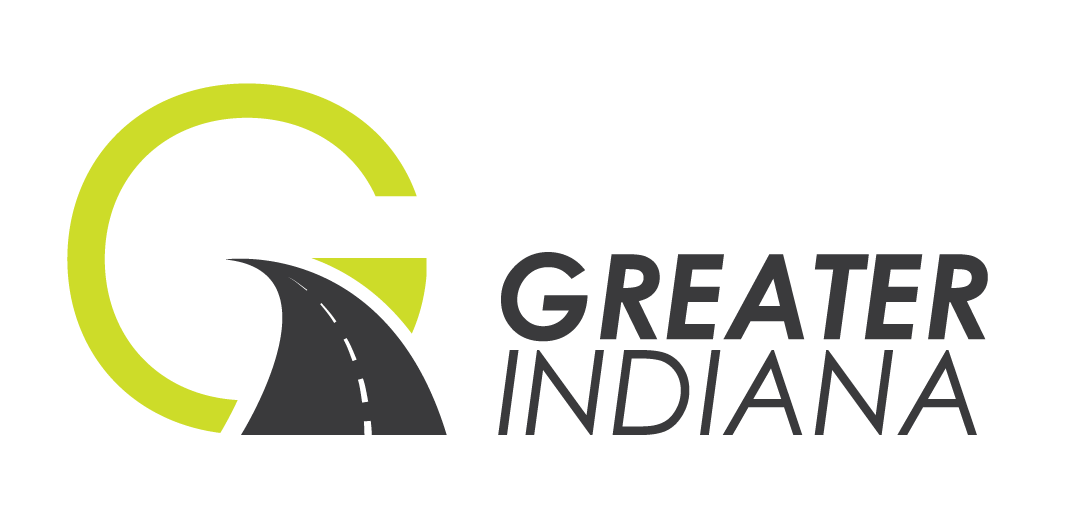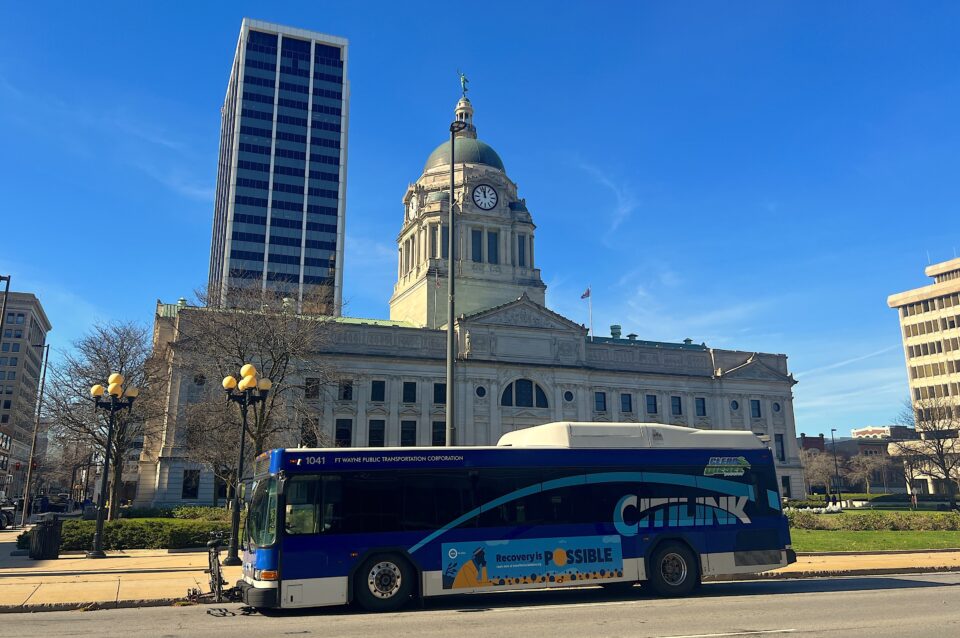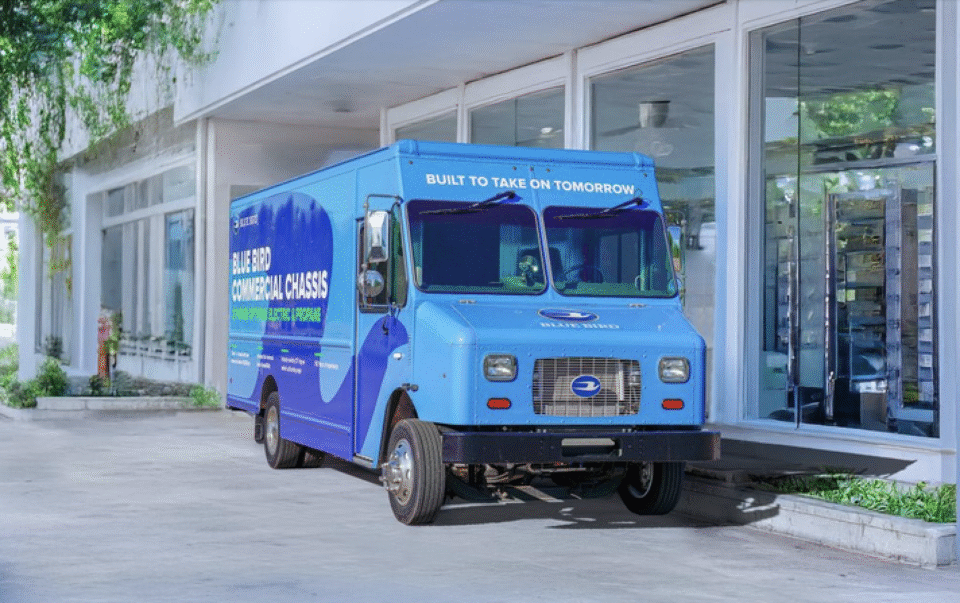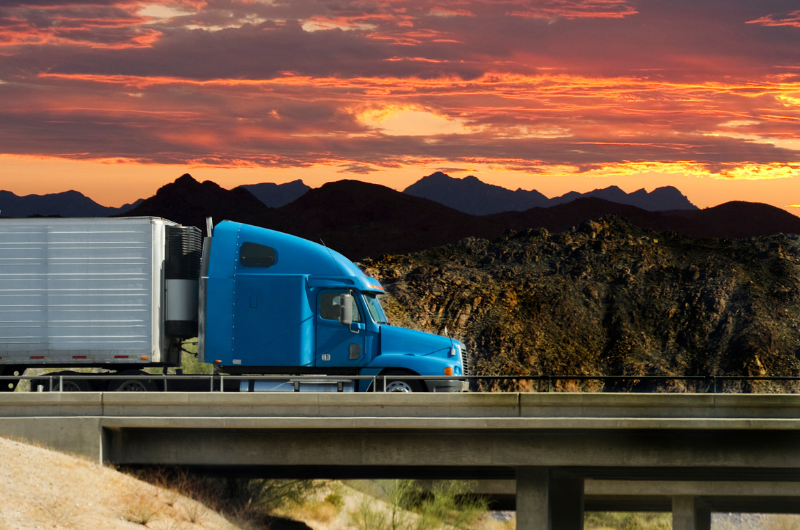DOE Announces $162 Million to Decarbonize Cars and Trucks

The U.S. Department of Energy (DOE) today unveiled two funding opportunities totaling more than $162 million to improve efficiency and reduce carbon emissions among cars, trucks, and off-road vehicles. The funding will support the next stage of the SuperTruck initiatives—aimed at electrifying freight trucking—along with efforts to expand electric vehicle (EV) infrastructure and lower emissions for on- and off-road vehicles.
“Getting to net-zero carbon emissions by 2050 means we must aggressively cut down the largest source of emissions: the transportation sector,” said Secretary of Energy Jennifer M. Granholm. “DOE’s first two SuperTruck initiatives led the biggest truck makers in the American semi market to take massive leaps in fuel efficiency. This new funding triples down on that progress with a push towards electrifying trucks of all sizes, along with efforts to expand EV charging access and develop low-emission car engines.”
Building a clean energy economy to address the climate crisis is a top priority of the Biden Administration, and the transportation sector will play a critical part in the effort. Transportation accounts for approximately 30% of total U.S. energy needs and generates the largest share of the country’s greenhouse gas emissions. DOE’s new funding seeks to address the two largest contributors to transportation sector emissions: passenger cars and light-duty trucks, which are responsible for nearly 60%, and medium- and heavy-duty trucks, which cover nearly a quarter.
SuperTruck 3 Funding Opportunity
New technologies, business models, and consumer demands are among several factors changing how freight moves in the U.S. Combined, these changes present a unique opportunity to re-envision the trucking sector as more economical and sustainable—supporting domestic jobs, the nation’s economy, and the administration’s clean energy goals all at once. DOE’s Office of Energy Efficiency and Renewable Energy (EERE) initially launched the SuperTruck initiatives in 2009, aimed to improve heavy-duty truck freight efficiency by 50%, while the follow-up SuperTruck 2 in 2016 sought to double fuel efficiency for 18-wheeler (“class 8”) trucks. The initiatives attracted participation of truck makers comprising over 99% of the U.S. truck market. Within seven years, four of them—Volvo, Daimler, Cummins/Peterbilt, and Navistar—had exceeded the first SuperTruck goal. The five SuperTruck 2 projects are on track to more than double class 8 miles per gallon.
EERE’s Vehicle Technologies Office (VTO) and Hydrogen and Fuel Cell Technologies Office (HFTO) are partnering on the “SuperTruck 3” Funding Opportunity Announcement (FOA) to offer up to $100 million in funding over four years—subject to appropriations—to pioneer electrified medium- and heavy-duty trucks and freight system concepts that achieve even higher efficiency and lower emissions. The funding focuses on a range of approaches to electrification—all-electric, plug-in hybrid systems using renewable biofuels, and hydrogen and fuel cell technologies, including hybridization strategies such as fuel cell range extenders.
“Climate chaos is the greatest existential threat of our lifetimes, and it’s going to take an all-hands-on-deck approach to slash the pollution—much of which comes from the transportation sector—that is fanning the flames of the crisis,” said Senator Jeff Merkley. “By leaning into American ingenuity and innovation, we can use new technologies to chart a path forward—one that will help create jobs, protect our health and security, and lead the world toward a more sustainable future. I’m grateful for the hard work of Oregonians who are contributing to that effort by developing world-class low-emission freight trucks with the support of SuperTruck funding, and I will continue to do all I can to make these investments possible in the years to come, as we work to thwart the most catastrophic impacts of the climate crisis.”
“Our modern approach to energy should be ‘all of the above’ not an ‘everything but’ solution. SuperTruck is a vital program not only to Indiana’s Sixth Congressional District, but to the path forward in expanding America’s energy capabilities and independence.” said U.S. Representative Greg Pence. “I came to Congress to ensure Hoosiers back home in Indiana have a seat at the table, which means prioritizing job creation and economic growth for my constituents – and this investment will accomplish just that.”
Low Greenhouse Gas Vehicle Technologies Funding Opportunity
VTO is also offering up to $62.75 million as part of its “Low Greenhouse Gas Vehicle Technologies Research, Development, Demonstration, and Deployment” FOA for innovative solutions to reducing emissions and increasing efficiencies for on- and off-road vehicles. To accelerate electric vehicle (EV) adoption, the FOA will support expansion of EV infrastructure and charging, along with community-level EV demonstrations that can lower barriers to EV adoption—such as piloting EV car sharing and installing EV charging within multi-unit housing. The FOA is also open to projects developing advanced engines and fuels that operate with lower emissions.
The application processes will include two phases: a concept paper and a full application. Concept papers are due May 13, 2021, and full applications are due July 12, 2021. Applicants are required to submit a plan for achieving diversity, equity, and inclusion objectives, including support for people from underrepresented groups in STEM, advancing equity within the project team, and producing benefits for underserved communities.
For more information, please visit VTO and HFTO’s Funding Opportunity pages, the EERE Exchange, and Grants.gov.




